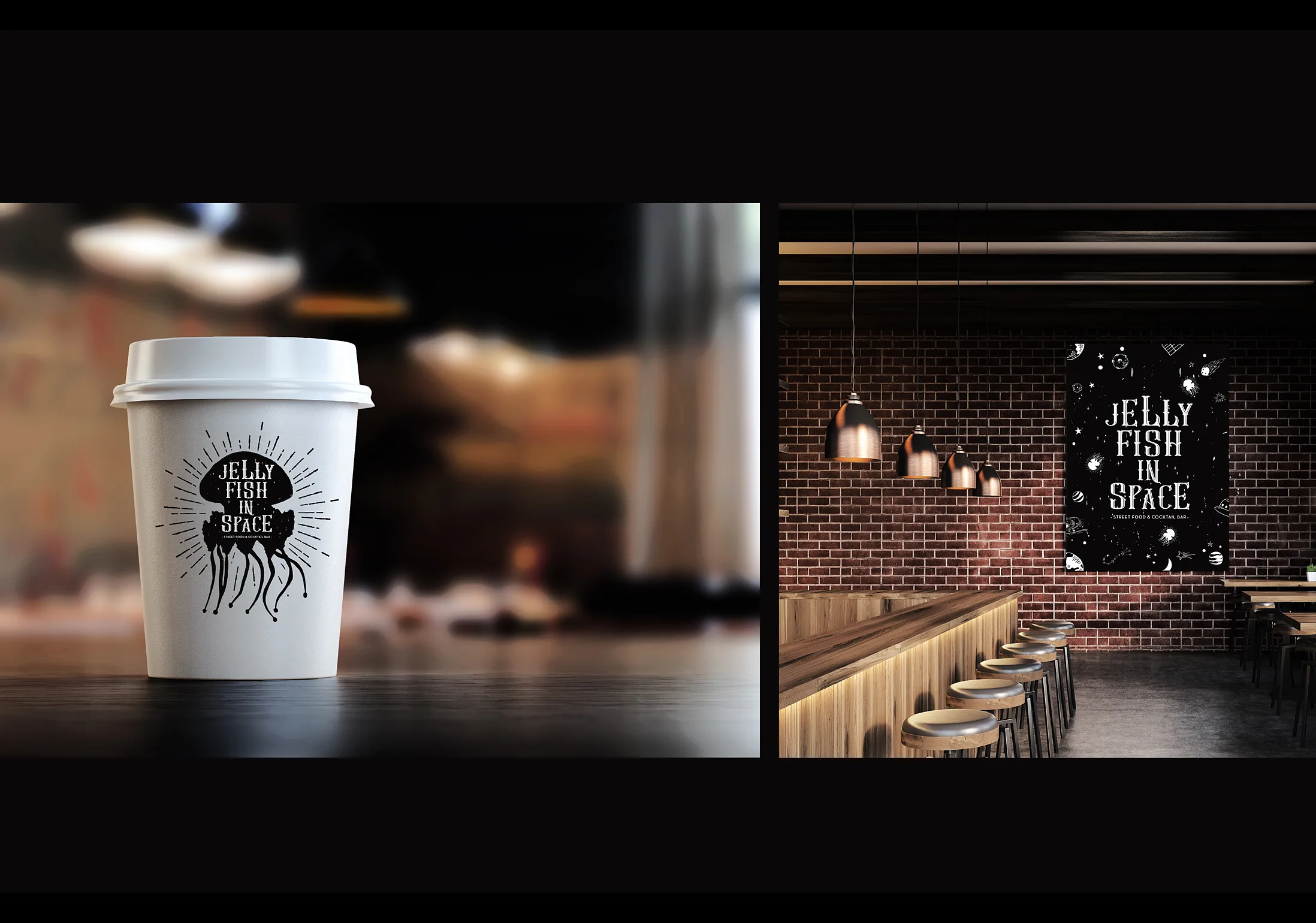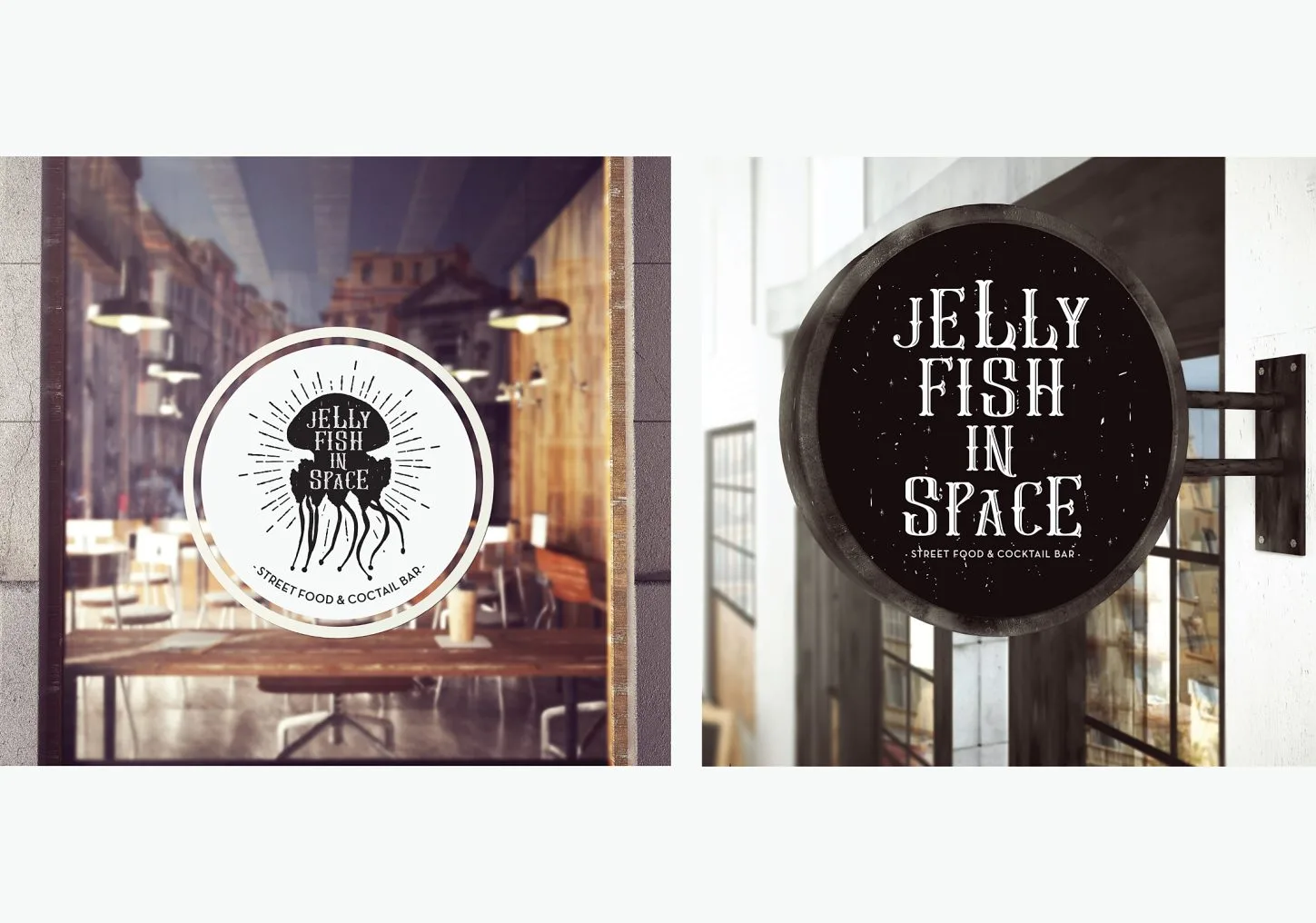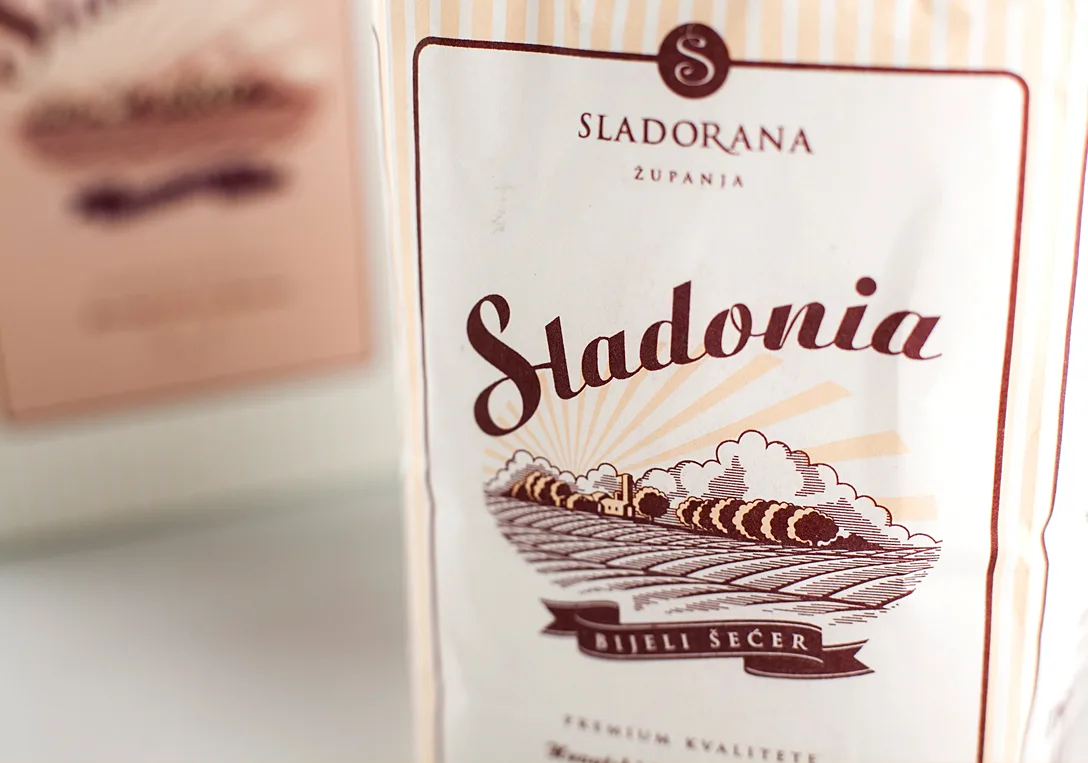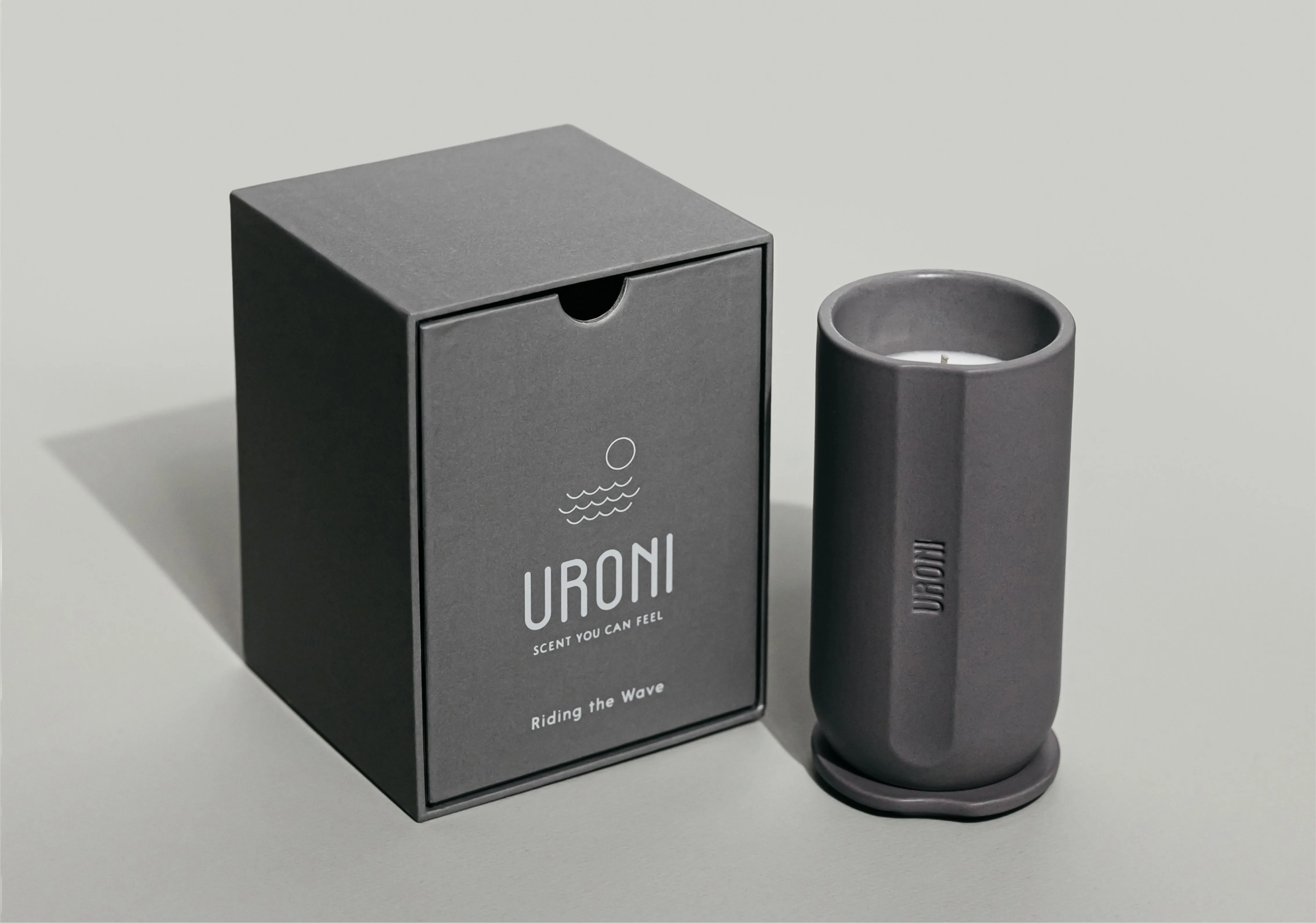
The 1st ingredient: Relevant emotional associations
Relevant emotional associations make the first ingredient that creates your brand story. For a brand to prosper you have to ensure that it has the right weapons in the form of emotions.
Brands with relevant meaning will be remembered. Other brands without such meaning will be forgotten. An idea that any product can be a brand is just funny. Brands created imaginatively leave an impression like a charismatic person who enters a rather boring party. Everyone looks at this person with interest and a sense of excitement and expectation. The rather boring party picks up, people are dancing, drinking and having fun. Great brands are supposed to be inspirational and create new, exciting meaning. This is what emotional and relevant means.
Fueled by Freedom
Harley Davidson is a kick-ass bike but without its story or emotional associations that is all it would be. Harley Davidson is synonymous with freedom. It is freedom from the everyday troubles like work and family related problems, traffic jams, annoying bosses, financial worries. By hopping on your bike you are freed from the shackles of the everyday. When you are joined with a lot of like-minded people the experience only gets better and the emotions stronger. Harley Davidson today runs on freedom, and when people get tired of freedom (and I hope they never will), they’ll turn to some other brand. Without emotions, brands are unadorned Christmas trees. They lack the unique emotion that a brand should offer the consumers.

Jellyfish in Space
When we were working on a restaurant in an industrial neighbourhood in Zagreb it was obvious that we had to create a relevant story, but after analyzing the past we found that art deco was the artistic style of the factory with the most delicious cocktail drinks. From that observation the inspiration took us into studying the lines of this artistic style which is amorphic and rounded that reminded us of the shape of the jellyfish. This is what you would call work that combines studying and analysis with the creativity in creatively matching unexpected parallels between the art world with the animal world. We didn’t stop here, rather further investigative study took us into the outer space because upon looking into jellyfish, we found out that NASA launched 2,000 jellyfish in space that ended up unfit for life back on Earth.
We can conclude that the absence of emotional associations creates weak brands. Weak brands don’t have the immunity to fight off the viruses in the form of the competition. Weak brands live only on the store shelves, but strong emotional associations create the strong brands that live inside people’s hearts. Such brands have a much stronger market position that does not fluctuate with each move of the competition. The way to create emotional associations is to combine the positive characteristics of the brand with the external influence factors such as the consumers, competition and market trends. Once you combine these you get the relevant emotional associations that create the story that resides in the minds of the consumers.
Scent You Can Feel
A brand of scented wax candles came to us, rather four friends during the corona year came to us and asked us to make a brand that is memorable and strong. A brand is actually a brand only if it’s relevant and strong. So we played and played with the scents and something beautiful came up. We realized that the candle’s scent will be a scent you want to be immersed in. Hence, we went to the woods not to live deliberately, I wish we did, but instead I went for a run in the woods and smelled the scent of dewy moss. We wanted the name to portray that feeling, that’s how the name Uroni was born – Croatian word meaning to dive in, to immerse oneself into. The sound of the words Uroni was complementary with the feeling we wanted to project, something fancy, smart, short and memorable. The slogan communicated the enveloping feeling of magnificent scent that makes you feel special and that etches its way into your memory. The scent you can feel utters that sensation so we chose it for the slogan of Uroni. The brand story described the feeling of the brand, the emotional associations of the brand:
We believe the scent of nature awakens all the senses, giving our inner-self a new level of energy. We go from feeling drab to a colorful experience, shaded in hues of blue, yellow, red, green or white. From the city bustle we dive into meadows, lakes, seas, rivers, the feeling of mountain peaks, and forests. From smog we enter into the scent of the clear sunny afternoon, first snow, energetic wave, mountain wind and the forest. We enter into a velvety comfortable hug or pure white cotton.
Candles immerse us into a world of beauty, relaxation and happiness. We immerse ourselves into the scent of the last wave before leaving the seaside, a walk in the woods through Gorski kotar or in the scent of spring rain in Lika. Immerse yourself with us into a world of nature, a place that is felt by your whole being, beyond your sense of smell. With nature we feel at home.

Mouthwatering Region
When we were working on a brand of sugar we had to give it a personality that would differentiate it from the other brands of sugar in the marketplace. All the other brands of sugar were purely functional, so the challenge was to enrich our brand of sugar with relevant emotional associations – that would be the foundation of our differentiation. This sugar came from the region known for its delicious sugary creamy cakes, and excellent cooks. The region is flat and green and gives off associations on delicious, lush green nature abundant in fruits and vegetables. The analysis of the consumer’s psychographics showed that consumers are bored with sugar and see its function only. This meant this brand needed appropriate emotions, but nothing too pretentious because such emotions would seem preposterous and fake. By combining the associations on cakes and “edible” Nature, with the inevitable function of sugar to sweeten things and make drinks and food more delicious, you get delicious mouthwatering homemade food. The design portrays the classic, in a way retro, image and feeds the imagination by projecting associations on sweet land where everything tastes delicious and home made. The aim was to create the need in the consumer’s psyche to make something lovely from sugar, a delicious cake, a great cup of coffee etc. The name of this brand – Sladonia is a coinage of two words: “Sladorana”, the name of the sugar factory, and “Slavonija”, the Croatian region where the factory is situated. Sladonia sounds sweet and imaginative, as well as presents Slavonija as a sort of magical region.
 Back
Back


